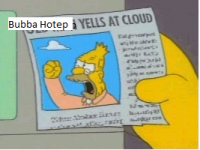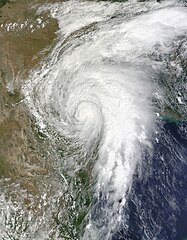Ntxw wrote:The Euro's upper flow actually looks much more like the Canadian than the GFS which is very progressive. Also don't forget we are talking about two parts here. The upper flow of cold will almost always go east towards the Great Lakes but the HP dense shallow air has an easier time down the Rockies. Just the reality of flow over North America west to east. We're never going to get the coldest part of any air mass compared to the Great Lakes and Northeast. There's a lot of blocking in the AO/NAO domain as a result. It's like 1985 where to the east is where wicked cold temps were but the foot+ of snow was San Antonio. Not saying that here but just an example of the 2 part play. You're going to drive yourself crazy with the back and forth of cold in an Arctic outbreak, potentially shallow air mass at the onset.
As far as the Euro, it's hanging back the baja low much like the Canadian. It's going to get cold everywhere, just the variability of upper features is swinging wildly.
Edit: If you were a fan of some cold and then a good snow storm you would definitely want the baja low feature to slow down and hang out a bit until after the cold is in place and overrun later.
Great analysis here. 1985 (not saying this is the forecast either) had 2 shots of arctic air with similar setup of low that dropped into Mexico.
Globals always have a difficult time seeing the shallow arctic air and so as you correctly point out here, I wouldn't be surprised at all to see flip flops a few more times before we begin to see a more definitive trend.





 The posts in this forum are NOT official forecast and should not be used as such. They are just the opinion of the poster and may or may not be backed by sound meteorological data. They are NOT endorsed by any professional institution or
The posts in this forum are NOT official forecast and should not be used as such. They are just the opinion of the poster and may or may not be backed by sound meteorological data. They are NOT endorsed by any professional institution or 













